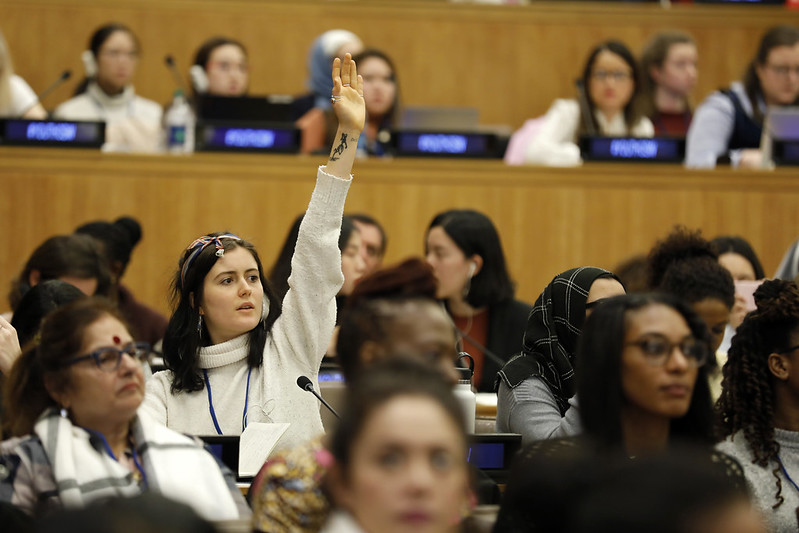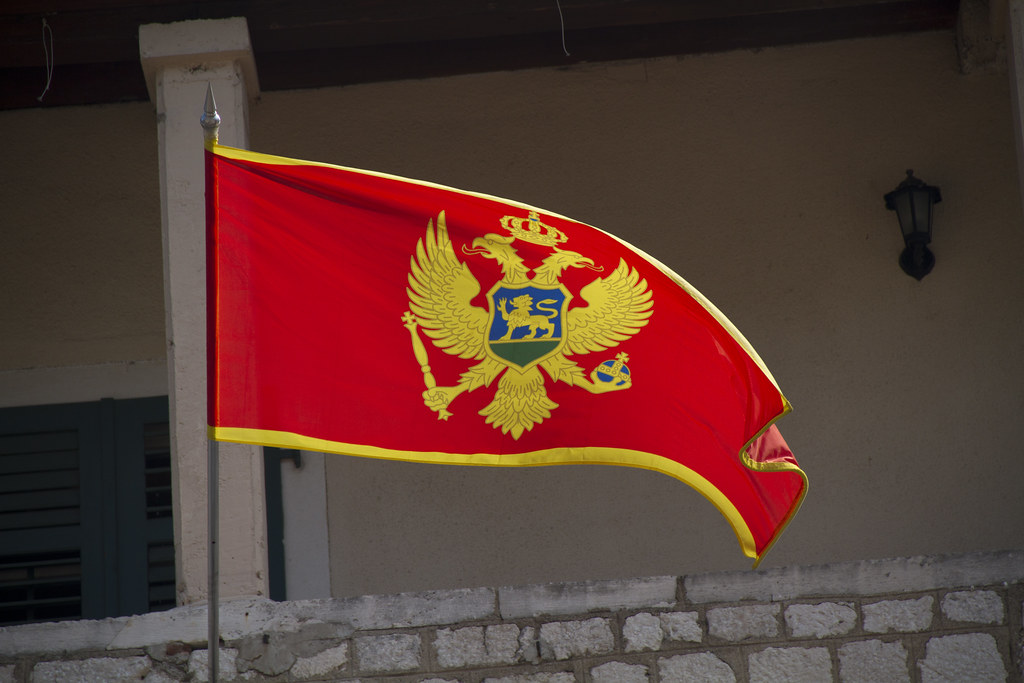As Australian Outlook marks over a decade since its launch, one of its founding commissioning editors reflects on the platform’s evolution, purpose, and enduring value. From its early challenges to its role in shaping informed public debate, this retrospective highlights the voices, vision, and vibrancy that have defined the publication.
As I approach retirement as national Vice President of the Australian Institute of International Affairs it is time for me to reflect on my role as a commissioning editor of Australian Outlook, which began at its inception over 11 years ago. The first meeting of commissioning editors was held on 19 December 2013 when a group of people from around the country met by teleconference (before Zoom and Teams made it all so much easier!).
Our website was launched in February 2014 and we were told that our blog was to be its “major branding element.” The title “Australian Outlook” was chosen because it had been the name of the first journal of the institute. Professor John Legge writes in his book “Australian Outlook: A History of the Australian Institute of International Affairs” that the first issue of The Australian Outlook appeared in March 1947. In 1959 it dropped the definite from the title and was known to most members simply as “Outlook.” In 1989 the name of the journal was changed to the Australian Journal of International Affairs (AJIA) which now publishes six issues a year of scholarly research on all aspects of Australia’s international relations. So the name “Australian Outlook” was no longer in use by the Journal but had historic meaning for the AIIA. It also ably fitted what we had in mind for the new blog.
It was an exciting time for those of us at AIIA who were involved in the process of setting up Australian Outlook but it was also quite daunting as most of us had little experience in this regard. Our then National Executive Director, Melissa Conley Tyler, led the process along with our then National Communications Director, Peter Macfarlane, who was at that time on secondment from the Department of Foreign Affairs and Trade. The editor at the time, Professor Nick Bisley, also attended the first meeting and it is minuted that he suggested “anyone who has published in the AJIA produce a small blog piece of what they are doing.” At the same time the book reviews that had previously been published in the AJIA would become part of a “Reading Room” section of Australian Outlook. It was also decided that we should provide a forum for what we originally called “Young Voices” but after much debate it was soon changed to “Fresh Perspectives”—with a focus on young authors but also those who hadn’t been published before.
We were indeed fortunate that the president of AIIA NSW at the time, Colin Chapman, was a renowned journalist with experience in the UK, Australia, and other parts of the world. Colin remained involved with Australian Outlook for much of the time until his death in 2024. At the time I wrote for Australian Outlook: “Australian Outlook was fortunate to have someone of Colin’s calibre and experience, both an editor and contributor. He brought a global and an Australian perspective to his analysis of events and a journalist’s eye to what was really important. The many articles which he has written recently for Australian Outlook are worth re-reading for those who have the time.”
At the start, many of the articles were sourced from existing open-sourced material. We were also able to provide links to content provided by some of our sister organisations around the world via a feature which we named “Global Wire.” Gradually we were able to commission more articles ourselves and it is now a long time since we’ve depended on outside sources. “Gobal Wire” was also discontinued after some years—which I think is a pity.
At a time when we were still finding our feet and searching for content, “The Burning Question” was an important weekly feature until it became difficult to think of new questions—which I don’t think would be the case today! In 2008, the AIIA instituted an honorary Fellows program to recognise those who have made exceptional contributions to Australia’s international relations. By early 2014, we had 46 Fellows and some of them agreed to be members of our panel. These included Hilary Charlesworth, Jocelyn Chey, James Cotton, Rawdon Dalrymple, Graeme Dobell, Erika Feller, Janet Hunt, James Ingram, John McCarthy (then AIIA national president), Robert O’Neill, Garry Woodard (former AIIA national president), Samina Yasmeen, Geoff Miller (former AIIA national vice president), and Richard Woolcott.
Looking back at some of the responses to the Burning Questions in those early days provides insights into topics which are still relevant today. Examples include: Can Australia and Indonesia be Good Friends? (2015), Is the US a Dangerous Ally for Australia (2014), Is China Destabilising Asia? (2014), and What are the implications of events in the Ukraine? (2014). The questions and answers are indicative of a diverse range of thought at the time which continues to this day in many cases.
When I search the Analysis section of Australian Outlook I see that there are 3622 results over 263 pages. It’s a treasure trove of information for students and anyone who can find a few spare hours—perhaps on a cold winter afternoon! Over the past 11 years, Australian Outlook has covered all the major world events as well as the changing relationships between countries and international organisations, coinciding with a world that has become more complex and unpredictable, although some of the problems have developed slowly over time.
Recently we have increased our coverage of trade issues which is important for business and the wider community. The Forgotten Conflict series in conjunction with the International Committee of the Red Cross has also focused on conflicts that have received less attention from the media, governments, and the general public.
On a personal note, when I became a member and then leader of the Australian delegations to the W20 (Women’s G20), it was Australia Outlook that to me seemed best placed to report on the important work being done to improve the status of women around the world. These topics included: Beyond Ivanka: The W20 Summit Made Real Progress (2017), Gender Equality on the G20 Agenda (2018), and W20 Japan Summit: Closing the Gender Gap for Future Prosperity (2019).
One other contribution that was important to me was the obituary I wrote of past president of the AIIA, Clive Hildebrand, who was a mentor to me during much of the time I have been involved with AIIA.
One of the strengths of the AIIA is that it has branches in every state and territory and they nominate representatives to the Australian Outlook commissioning editors committee. Apart from listening to diverse views from around the country we have also been fortunate to have committee members whose expertise spans the globe. We have also been able to source articles from authors based in Australia and overseas and we owe them a great debt for the time they have spent both researching and writing their contributions.
We now have an active database of authors on a range of subjects. Although not as academically focused as the AJIA, Australian Outlook does have a scholarly bent as is evident from the number of people with PhDs who write for us. But we also welcome lighter and more personal articles on a wide range of subjects, with this article being an example. Our main focus has been to provide our members (who number about 1500 around the country), and the many others who are on our mailing list, with analysis that is concise and easy to read—and relevant to the issues of the day.
Our former National Executive Director, Melissa Conley Tyler, was the driving force behind the creation of Australian Outlook and has continued contributing articles over the years. I recently asked her how she sees our blog more than 11 years after that first meeting late in 2013. She expressed satisfaction that we have “achieved the goals we set and have become a valuable platform for research and thinking on current topics that reach a wide audience and help build an informed public…. Australian Outlook has stood the test of time.”
Personally I look forward to absorbing the content of Australian Outlook each week in a more relaxed fashion than as a contributing editor. Our editor, Adam Bartley, will no doubt breathe a sigh of relief to be spared my weekly email with comments ranging from grammar to content, and sometimes more! My fellow contributing editors, with whom I have enjoyed collaborating over the years (and who encouraged me to write this article), may also be relieved to no longer hear me repeating my mantra that we must endeavour to provide balance in the material we publish—at least over time!
Zara Kimpton OAM FAIIA is the outgoing National Vice President of the Australian Institute of International Affairs.
This article is published under a Creative Commons License and may be republished with attribution.




